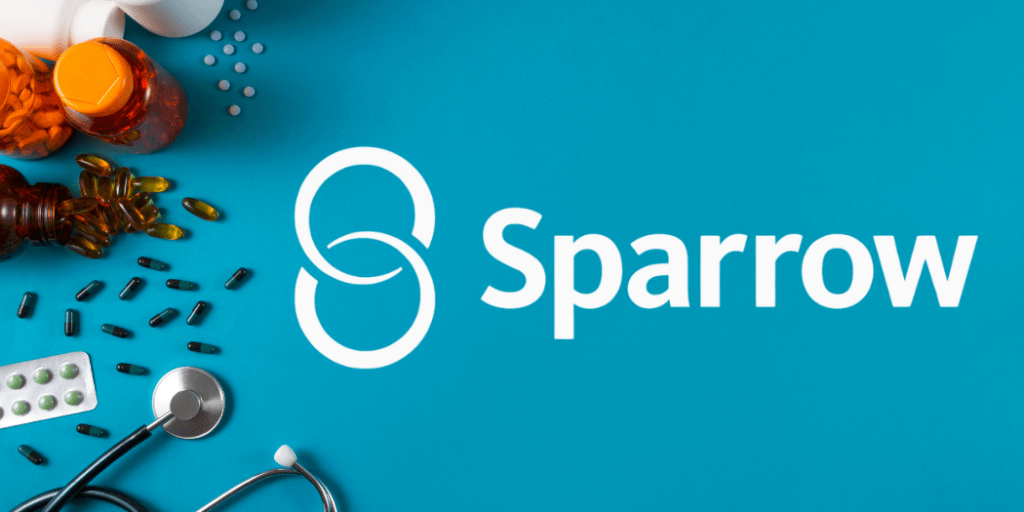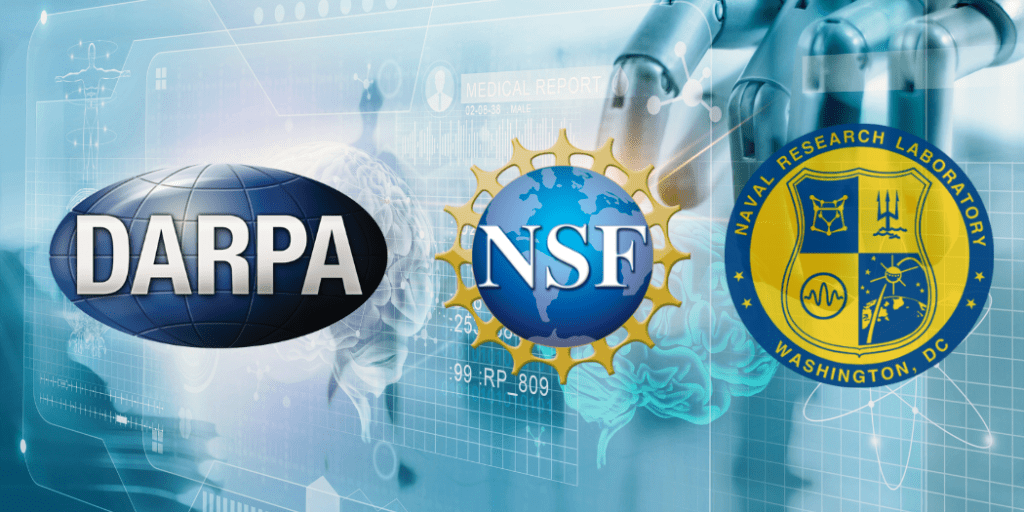Journey from discovering a potential drug to bringing it to market is often fraught with challenges and high costs. Traditional drug discovery methods are labour-intensive and require the consideration of countless variables, from the chemical properties of molecules to the financial implications of synthesizing them.
These complexities contribute to the lengthy timelines and high costs associated with developing new medicines. The advent of artificial intelligence is beginning to revolutionize this process, offering new ways to tackle these challenges efficiently.
Enter SPARROW Drug Discovery with AI an innovative algorithmic framework developed by MIT researchers. SPARROW stands for Synthesis Planning and Rewards-based Route Optimization Workflow, and it promises to transform how scientists select and synthesize molecular candidates for drug development.
By automatically identifying the most promising molecules to test, SPARROW minimizes synthetic costs while maximizing the likelihood of discovering effective new drugs.
This new approach could significantly shorten drug development times and reduce costs, ultimately leading to more affordable medications and faster delivery of life-saving treatments to patients.
The Complexity of Drug Discovery
The process of drug discovery is inherently complex and fraught with challenges that make it both time-consuming and costly. At the heart of this complexity lies the task of identifying the best molecular candidates from billions of potential options.
Each candidate must be evaluated not only for its possible effectiveness but also for the cost and feasibility of its synthesis. The high failure rates and the need for precise experimentation further complicate the process.
Even with the aid of advanced machine-learning models, the sheer number of variables involved—from the price of raw materials to the risk of experimental failure—makes it difficult for scientists to make informed decisions.
This complexity is a significant factor in why new medicines take so long to develop and why prescription drug prices remain high.
The myriad considerations that scientists must juggle include the synthetic cost versus the value of the experiment, the potential usefulness of knowing the properties of a molecule, and the uncertainties involved in these predictions.
Pharmaceutical companies have adopted batch synthesis methods to enhance efficiency, testing multiple candidates simultaneously.

This approach introduces another layer of complexity, as all chemical reactions in a batch must share the same experimental conditions.
Estimating costs and values in such scenarios becomes even more challenging, further complicating the drug discovery process.
Recognizing these challenges, MIT researchers have developed an algorithmic framework named SPARROW, designed to streamline the selection of molecular candidates by automating the decision-making process.
This framework incorporates a cost-versus-value function that accounts for shared intermediary compounds, the costs of starting materials, the number of reactions involved, and the likelihood of successful synthesis on the first attempt.
By addressing these complexities, SPARROW aims to enhance the efficiency and cost-effectiveness of drug discovery significantly.
SPARROW Drug Discovery
Amid the complexities of drug discovery, a breakthrough is emerging from the halls of MIT. Researchers have developed SPARROW, a novel algorithmic framework aimed at revolutionizing how scientists select and synthesize molecular candidates.
SPARROW, is designed to streamline the drug discovery process by automatically identifying the best molecules to test.
By integrating cost considerations and maximizing the likelihood of finding effective drug candidates, SPARROW promises to make drug discovery faster, more efficient, and less expensive.
SPARROW operates by leveraging a sophisticated algorithmic framework that evaluates molecular candidates based on multiple criteria.
At its core, the system incorporates a cost-aware selection process, taking into account the expenses associated with synthesizing molecules and the experimental steps required.
This quantitative framework integrates data from online repositories and widely used AI tools, enabling a comprehensive analysis of potential drug candidates.
One of SPARROW’s key features is its ability to consider batch synthesis, where multiple candidates are tested simultaneously using combinations of chemical building blocks.
This approach not only enhances efficiency but also requires the same experimental conditions for all reactions, adding another layer of complexity that SPARROW adeptly handles.
By evaluating shared intermediary compounds and incorporating this information into its cost-versus-value function, SPARROW optimizes the selection process.
Scientists provide a set of molecular compounds and define the properties they are seeking. The framework then collects information on the molecules and their synthetic pathways, weighing the value of each candidate against the cost of synthesizing a batch.
SPARROW ultimately selects the most promising subset of candidates that meet the specified criteria and identifies the most cost-effective synthetic routes for these compounds.
This one-step optimization process captures all competing objectives simultaneously, making SPARROW a powerful tool in the quest for new medicines.
How SPARROW Works
SPARROW operates by employing a sophisticated algorithmic framework designed to optimize the selection and synthesis of molecular candidates for drug discovery. The framework integrates several advanced features to ensure a cost-effective and efficient process.
At its core, SPARROW uses a cost-aware selection mechanism that evaluates the expenses associated with synthesizing various molecules.
This involves not just the direct costs of materials but also the experimental steps required for synthesis. The framework gathers comprehensive data from online repositories and widely used AI tools, allowing it to analyze potential drug candidates thoroughly.
One of SPARROW’s standout features is its consideration of batch synthesis. Instead of testing molecules individually, SPARROW evaluates combinations of chemical building blocks to test multiple candidates simultaneously.
This method enhances efficiency by leveraging shared intermediary compounds, which reduces redundancy and saves resources. It also requires that all chemical reactions in a batch share the same experimental conditions, adding a layer of complexity that SPARROW is designed to manage adeptly.
To initiate the process, scientists input a set of molecular compounds they are interested in testing, along with a definition of the desired properties.

SPARROW then collects detailed information on these molecules and their synthetic pathways. The framework evaluates each candidate’s value against the cost of synthesizing a batch, considering factors such as the costs of starting materials, the number of reactions involved, and the likelihood of successful synthesis on the first attempt.
SPARROW’s optimization process is executed in a single step, capturing all competing objectives simultaneously. It selects the best subset of candidates that meet the user’s criteria and identifies the most cost-effective synthetic routes for these compounds.
This approach ensures that the chosen candidates not only have the desired properties but are also synthesized as efficiently and cost-effectively as possible.
By integrating molecular design, property prediction, and synthesis planning into a unified framework, SPARROW significantly streamlines the drug discovery process. It reduces the time and cost associated with traditional methods, ultimately accelerating the development of new medicines and making the entire process more efficient.
Applications and Implications
SPARROW’s innovative approach to drug discovery has broad and transformative applications across various fields. While its primary focus is on streamlining the pharmaceutical industry’s process of developing new medicines, the potential uses and implications of SPARROW extend far beyond this sector.
In the pharmaceutical industry, SPARROW can dramatically enhance the efficiency of drug discovery. By automating the selection of molecular candidates and optimizing synthesis routes, SPARROW helps pharmaceutical companies reduce the time and cost involved in developing new drugs.
This not only accelerates the delivery of life-saving treatments to patients but also has the potential to lower the overall cost of prescription medications, making them more accessible to a broader population.
Beyond pharmaceuticals, SPARROW’s framework can be applied to the development of agrichemicals. The agricultural sector faces similar challenges in discovering and synthesizing new compounds for fertilizers, pesticides, and other essential products.
SPARROW can streamline this process, enabling the rapid development of more effective and environmentally friendly agrichemicals, which are crucial for sustainable agriculture and food security.
SPARROW’s capabilities extend to the field of materials science, particularly in the discovery of specialized materials for organic electronics.
These materials are essential for developing advanced technologies such as flexible displays, solar cells, and lightweight batteries.
By optimizing the selection and synthesis of these materials, SPARROW can accelerate innovation in electronics, leading to more efficient and sustainable electronic devices.
The implications of SPARROW’s technology are profound. For pharmaceutical companies, it means a significant reduction in research and development costs, faster time-to-market for new drugs, and a competitive edge in the industry.
For society, it promises more affordable medications and quicker access to new treatments, which can improve health outcomes on a global scale.
In agriculture, the use of SPARROW can lead to the creation of more effective and sustainable products, supporting the global push towards sustainable farming practices.

This can enhance crop yields, reduce environmental impact, and contribute to food security, particularly in regions facing agricultural challenges.
In the realm of materials science, SPARROW’s impact on organic electronics could lead to significant technological advancements.
This would enable the development of new, innovative products that are both efficient and environmentally friendly. This would spur economic growth and foster technological progress across various industries.
SPARROW represents a significant advancement in the field of drug discovery, offering a powerful tool to streamline the process of selecting and synthesizing molecular candidates.
By automating cost-aware decision-making and optimizing batch synthesis, SPARROW reduces the time and cost involved in developing new drugs.
Its applications extend beyond pharmaceuticals to agrichemicals and materials science, promising benefits such as more effective agricultural products and advanced materials for electronics.


